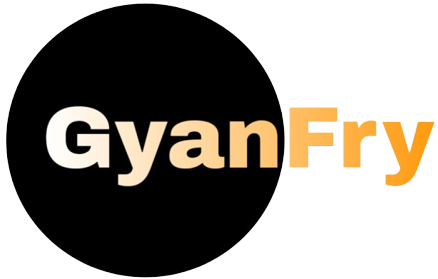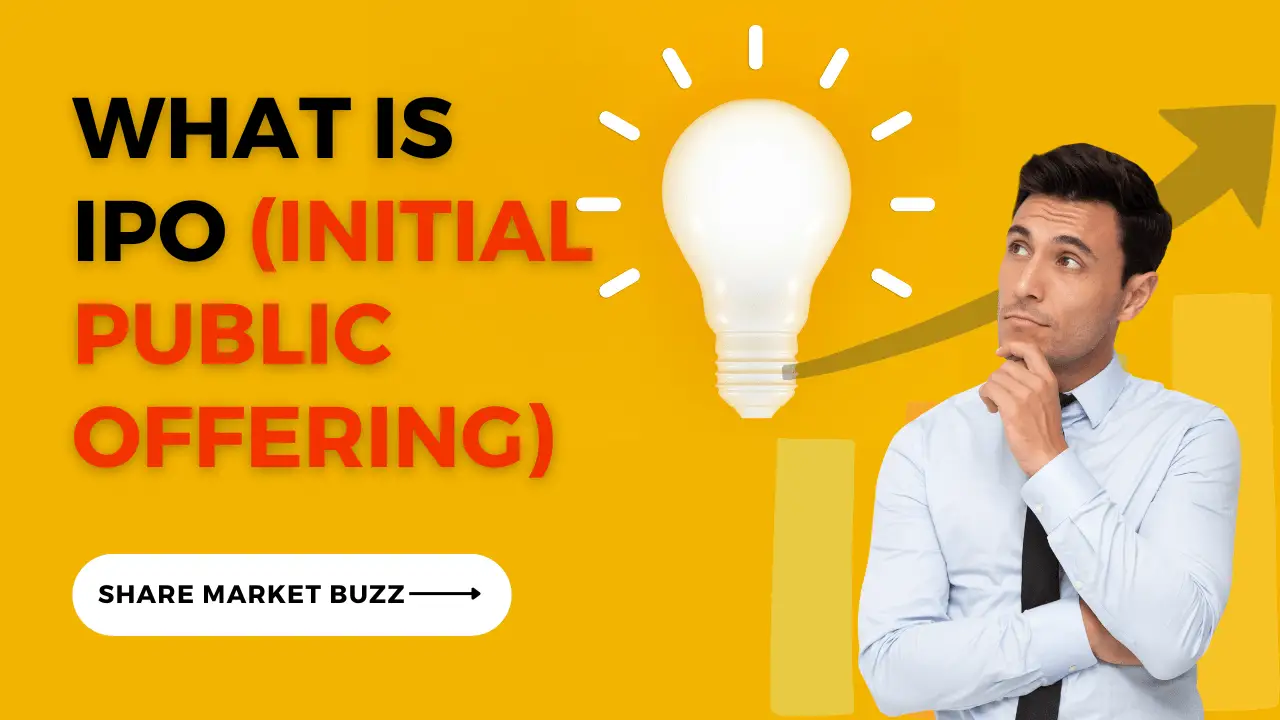The term IPO, short for Initial Public Offering, has been around for a long time. But those who are literally unaware of the term still asks “what is IPO?”
In simple words, it’s a way for companies to get money from the public by selling shares. The credit of first modern IPO goes to the Dutch, who offered shares of the Dutch East India Company to the public.
Over the years, IPOs have had their ups and downs. Different sectors also have times when they see more or fewer IPOs because of changes in technology and the economy.
Whether you are a private company or an aspiring investor in an IPO, this article covers all the fundamental information about IPOs that you may be interested in knowing.
What is IPO or Initial Public Offering?
So, what is an IPO? Also, refers to as Initial Public Offering (IPO) marks the moment when a privately-held company decides to make its shares available to the general public through the stock market for the first time.
In other words, it is like a company’s debut on the stock market. It’s when a private company decides to sell its shares to the public for the first time. Therefore, in laymen language, the process is denoted with “Going Public”.
Through an IPO, investors get the opportunity to buy these shares before they are available to everyone on the stock market.
But, Why do companies do IPO?
You can call IPO a “strategic move” which allows the company to generate capital by offering ownership stakes in the form of shares to public investors.
In other words, company do it to collect money from the public. People buy shares of the company, and the company gets funds to grow or do new things.
When a company decides to go public and sell its shares for the first time, there are two common ways it can do it:
1. Fixed Price IPO: In this type, the company decides on a set price for its shares. It’s like saying, “Each share will cost this much.” Investors can then buy these shares at the fixed price during the IPO.
2. Book Building IPO: For this type, there’s a range of prices, not just one fixed price. Investors indicate how many shares they want and at what price within that range. The final price is then determined based on the demand from investors.
3. Combined Approach: Sometimes, a company can use both these methods together for its IPO.
Which company is eligible for IPO?
Now you might ask, “can any private company do an IPO”? alongside what is IPO. Well, the company must meet certain rules from stock exchanges and government agencies to have an IPO.
Before going public, the company has to follow rules set by government authorities like SEBI (Securities and Exchange Board of India) and the stock exchanges (like BSE and NSE).
You can read the article down below to figure out the complete the eligibility criteria of IPO.
Read:- The Eligibility Criteria of IPO? Can Any Company Collect Money from Public
What about existing investors after IPO?
Through IPO, a company gets capital investment to do more stuff. It’s a chance for the company to grow with more money.
But, what about current investors of the company? I mean shareholders, you may ask. So let’s clarify.
That’s true! Through IPO, a company gets Public Investors and for these investors, it could also be a golden chance to make money by buying a piece of a company in advance that’s just starting to trade publicly.
But when it comes to existing investors, including founders and early backers, they also have an opportunity to sell some or all of their shares to the public at the IPO price.
This allows them to turn their initial investment into cash and realize profits. After all, the IPO Meaning can be summarised in this way –
The act of going public means that the company’s ownership structure changes. However, founders usually maintains at least 50% of ownership.
Now a question arises that is necessary to answer – How fair price to existing shareholders is confirmed when company do IPO?
The answer is quite simple. When a company decides to go public (IPO), the price of its shares is determined through a process called “underwriting.” This is like setting a fair price for the shares based on the company’s value and potential.
But, you can’t explain what is IPO exactly if you haven’t learned the role of a lock-up period.
The IPO Lock-up Period
Existing investors are sometime not-satisfied with the company’s IPO Price and can lose confidence in its shares. Resulting in, they can sell their shares in hurry. To control this, lock-up period enters the game.
In short, there’s a “Lock-up Period” after the IPO process, during which existing investors are restricted from selling their shares.
This period is typically in place to stabilize the stock price and prevent large sell-offs immediately after the IPO. Because some existing investors can go crazy.
Generally, most existing investors may choose to retain their shares even after the IPO. Their decision may be influenced by their confidence in the company’s future growth prospects.
However, post-IPO they become shareholders alongside the new public investors.
Depending on the level of ownership retained by existing investors, they may continue to have a stay in the company’s decisions. However, as more public investors come in, their influence might be diluted.
Once the lock-up period expires, existing investors can decide to sell additional shares on the open market. The timing and amount of these sales are strategic decisions made by the existing investors based on market conditions.
After an IPO, existing investors have the choice to sell their shares, potentially realize profits, and adjust their level of ownership.
But the IPO story doesn’t end here. Some IPOs grows insanely popular and triggers a new situation.
What happens when all shares are bought by public in IPO?
If all shares offered in an Initial Public Offering (IPO) are bought by the public, it’s referred to as a fully subscribed or oversubscribed IPO. Here’s what happens in such a scenario:
The oversubscription indicates a high demand for the company’s shares. The high demand for shares can also impact the share price.
If demand exceeds supply, it may lead to an increase in the share price. This is because investors are willing to pay more to secure a portion of the limited available shares.
From the company’s perspective, a fully subscribed IPO is a positive outcome. It means the company successfully raised the intended capital, and there is strong investor confidence in its prospects.
For investors, participating in a fully subscribed IPO can be seen as a good sign. It suggests that there is significant interest in the company, and they were successful in securing a part of the shares.
An oversubscribed IPO can generate positive momentum for the company’s stock once it starts trading on the secondary market. The initial enthusiasm from investors during the IPO can contribute to a favourable market reception.
Underwriters Role in IPO Price Stabilization
Investment banks, acting as underwriters, play a critical role in managing oversubscribed IPOs. They may have an option to issue additional shares (known as an overallotment or green shoe option) to meet excess demand.
Additionally, underwriters may engage in market stabilization activities to manage the stock price during the initial trading days.
Important IPO Terms You Should Know
You have learnt all the basics of “what is IPO” in this blog. But it’s time to see all the important terms associated with this share market buzz.
| Term | Description |
|---|---|
| Issuer | The issuer is the company or firm wanting to sell shares in the stock market to get money for its operations. |
| Underwriter | An underwriter, like a banker or financial institution, helps the company sell its stocks. They promise to buy unsold shares if investors don’t purchase them during the IPO. |
| Fixed Price IPO | In a Fixed Price IPO, a company sets a specific price for its initial share sale. |
| Price Band | A price band is a range within which buyers can bid for shares. It has upper and lower limits, guiding potential investors. |
| Draft Red Herring Prospectus (DRHP) | The DRHP is a document approved by SEBI that provides information about a company’s IPO listing to the public. |
| Under-subscription | Under Subscription occurs when the number of applied securities is less than the shares available to the public. |
| Over-subscription | Oversubscription happens when the applied shares exceed the number offered to the public. |
| Green Shoe Option | The Green Shoe Option allows underwriters to sell more shares than planned if there’s higher demand than expected. |
| Book Building | Book Building is the process of determining the IPO price by collecting bids from institutional investors. |
| Flipping | Flipping is reselling IPO stocks quickly for a profit in the initial days after purchase. |
| IPO Eligibility | Any adult capable of a legal contract can apply for an IPO, meeting certain eligibility norms and other requirements. |
You may want to read the overall process of IPO now. Luckily you have the link below to learn more.
Read: – IPO Process: How a Private Company Goes Public?
Final Words
An Initial Public Offering (IPO) is a significant financial event for a company, marking its entry into the public stock market. Throughout this article, we’ve explored the various aspects of an IPO. The IPO process is not merely a financial transaction; it is a carefully event that involves meticulous planning, regulatory approvals, and the collective participation of investors.







You made some decent points there. I looked on the internet for more
information about the issue and found most individuals will go along with your views on this site.
I just appreciate the useful information that you are able to supply in your writings.